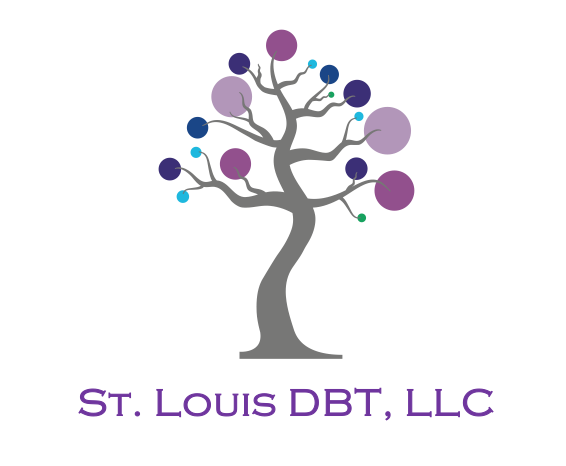Borderline is NOT a Death Sentence
From “Untreatable and Unbeatable” to “Good Prognosis Diagnosis”: A New Era for BPD Treatment
When I was in graduate school 25 years ago, studying how to treat depression, anxiety, and trauma, I remember more than one professor warning us about Borderline Personality Disorder (BPD). They told us that if we ever came across a patient with BPD, we should refer them out—because they were too “treatment-resistant” to be helped. I did NOT like this answer and refused to believe it, so I went on a mission to find what worked.
Twenty-five years may seem like a lifetime ago (and for my readers under 25, it literally was a lifetime ago), but for me, it feels like just yesterday. It’s hard to believe that BPD has gone from being an “untreatable death sentence” to what many now call a “Good Prognosis Diagnosis.” But that’s exactly what happened.
Thanks to science’s better understanding of the origins of BPD—and the tireless work of treatment pioneers like Marsha Linehan, Ph.D., the creator of Dialectical Behavior Therapy (DBT)—we now have treatments that can lead to full recovery in just 1–2 years, with consistent and committed therapy.
What Is Borderline Personality Disorder (BPD)?
Borderline Personality Disorder is a mental health condition that affects how people see themselves and how they relate to others. People with BPD often experience emotions very deeply, struggle with relationships, fear being abandoned, and may act in risky or harmful ways.
Mental health professionals are now better at diagnosing BPD. It often appears in teens or young adults and is more common in people who also experience depression, anxiety, or trauma. Childhood experiences—like abuse or neglect—can increase the risk of developing BPD.
Common Symptoms of Borderline Personality Disorder
To receive a diagnosis, a person must have five or more of the following symptoms:
Fear of abandonment
Often feel scared that people will leave, even when there’s no clear reason.Unstable relationships
Relationships can shift quickly from very close or “clingy” to distant or full of conflict.Confused self-image
Struggle with knowing who they are, what they believe or value, or what they want in life.Impulsive behavior
May act quickly in risky ways, such as overspending, unsafe sex, or substance use.Self-harm or suicidal thoughts
May hurt themselves or think about suicide, especially during emotional distress.Strong mood swings
Emotions can change fast—happy one moment, angry or sad the next.Feelings of emptiness
Often feel numb, bored, or like something important is missing.Intense anger
May have frequent anger outbursts or trouble managing frustration.Feeling disconnected from reality
Can feel confused, spaced out, or “not real” when under stress.
Note: The criteria are slightly different for adolescents. I’ll cover that in another article.
Is There a Cure for BPD?
There is no single medication that treats all BPD symptoms. While some people find temporary relief from antidepressants or anti-anxiety meds, those improvements are usually short-lived unless they’re combined with therapy that teaches new coping skills.
That’s where Dialectical Behavior Therapy (DBT) comes in.
DBT: A Proven Treatment That Works
In a recent review of 18 Randomized Controlled Trials (the gold standard of research), over 1,700 people with BPD were treated with DBT. Most of them showed improvement in core symptoms, including:
Reduced depression
Improved emotional control and impulsivity
Fewer hospitalizations
Less need for emergency or crisis care
And most importantly—these improvements lasted for at least two years after treatment. In fact, many people who completed a DBT program no longer met the criteria for a BPD diagnosis.
Early Treatment Makes a Difference
Learning about BPD early and starting treatment quickly can be life-changing. At St. Louis DBT, our team is here to help individuals and families better understand this diagnosis—and get access to the most effective treatment available.
If you’d like to learn how DBT can help, contact our intake staff or sign up here for one of our free monthly DBT info sessions.
Written by Casey Limmer, MSW, LCSW, DBT-LBC, owner and founder of St. Louis DBT.

